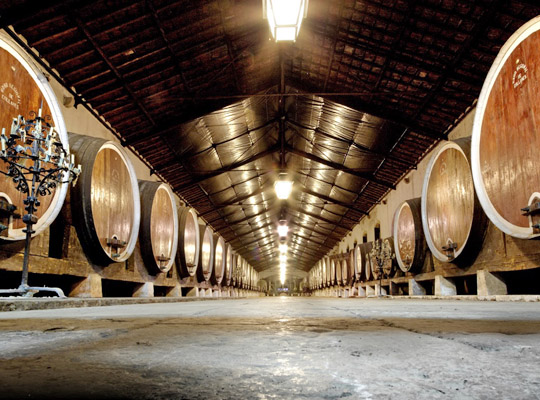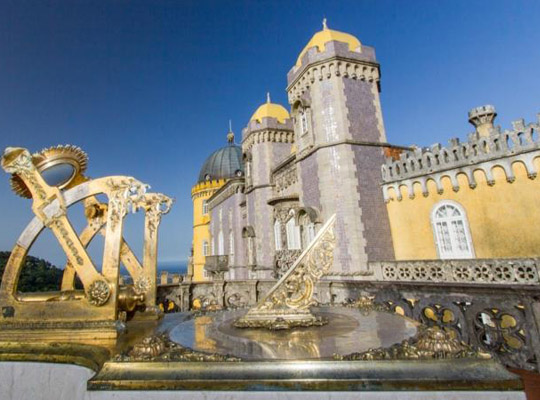
Room 201 - Edla Countess
Elise Hensler, Countess d'Edla was the opera singer for whom the king consort Ferdinand II of Saxe Coburg Gotha fell in love with, and in dedication to their love, ordered the construction of a Chalet within the parks of the Pena park.


Room 202 - Azenhas do Mar
Its name comes from the ancient watermills that used to exist on the site. It became a seaside resort when, between 1930 and 1955, was settled the connection to Sintra by tram (which currently only reaches Praia das Maçãs).


Room 203 - Colares Wine
The Colares wine was the first Portuguese table wine produced since the middle Ages. It was the wine that could be found in the Portuguese caravels during the Discoveries of the 15th and 16th centuries.


Room 204 - St. Euphimia
According to the legend, a long time ago lived in Sintra a princess named Eufemia, who fell in love with a humble boy. However, her father, the King, forbade the relationship, and the boy was hit by an infectious disease. The Princess rapidly went to meet him at the top of the mountain, and washed his whole body with the spring water that existed there and her lover was cured. As a sign of the miracle was built the shrine dedicated to her.


Room 205 - Mountain of the Moon
Sintra was known as the "Mountain of the Moon" by several peoples who inhabited it. The very name Sintra means moon.


Room 206 - Mysticism
Sintra is a place of worship and myth, an esoteric and mystical location. Quinta da Regaleira is the epitome of the mysticism surrounding Sintra, and its highest symbol is: the Initiation Well...


Room 207 - Discoveries
Over the 15th and 16th centuries, the Portuguese launched into the Discoveries by sea and Sintra was taken as a reference point for sailors and navigators, meaning that they were coming home.


Room 208 - World Heritage Site
In 1995, Sintra was classified as World Heritage Site by the UNESCO.
Magical and romantic Sintra is the result of mutual work between man and God, Art and Nature.


Room 209 - Queens
The Kings of Portugal offered this town to their Queens since the 13th century, among which D. Amelia de Orleans and Braganza (1865-1951). The bobbin lace bed is inspired by the Queen’s bed which can be visited at the Pena Palace.

